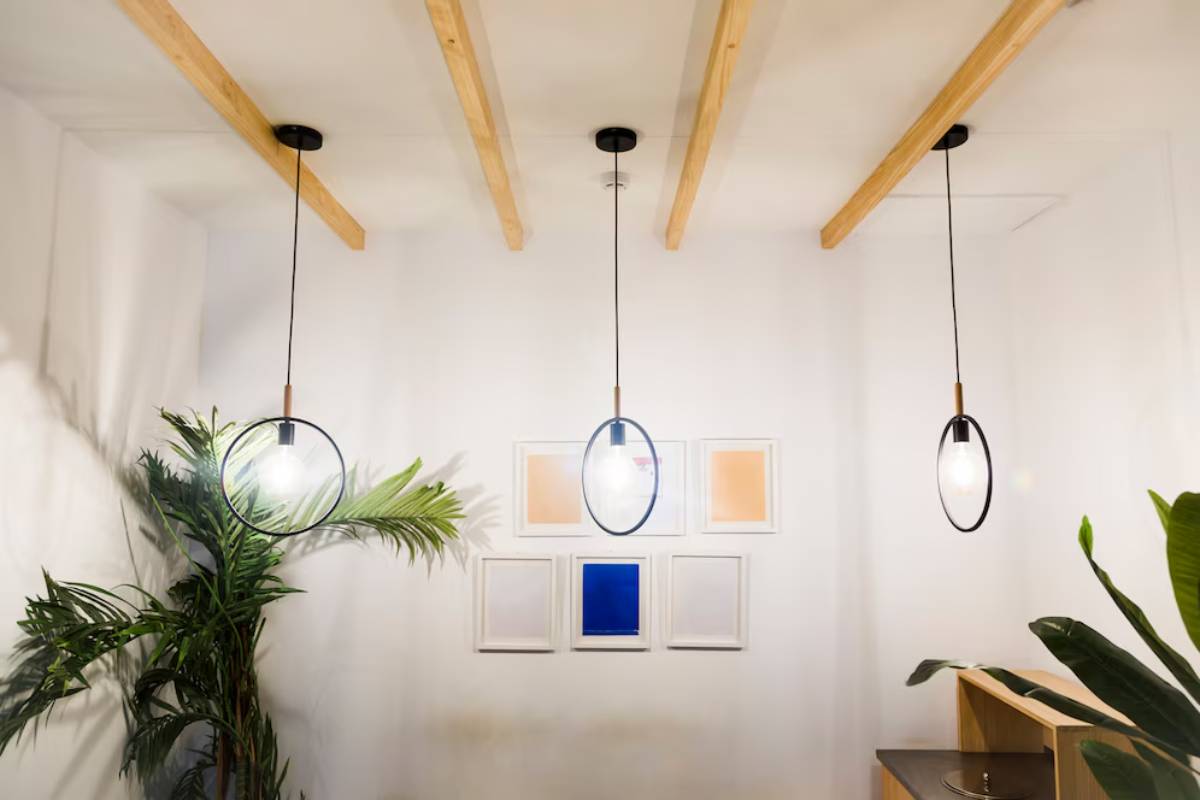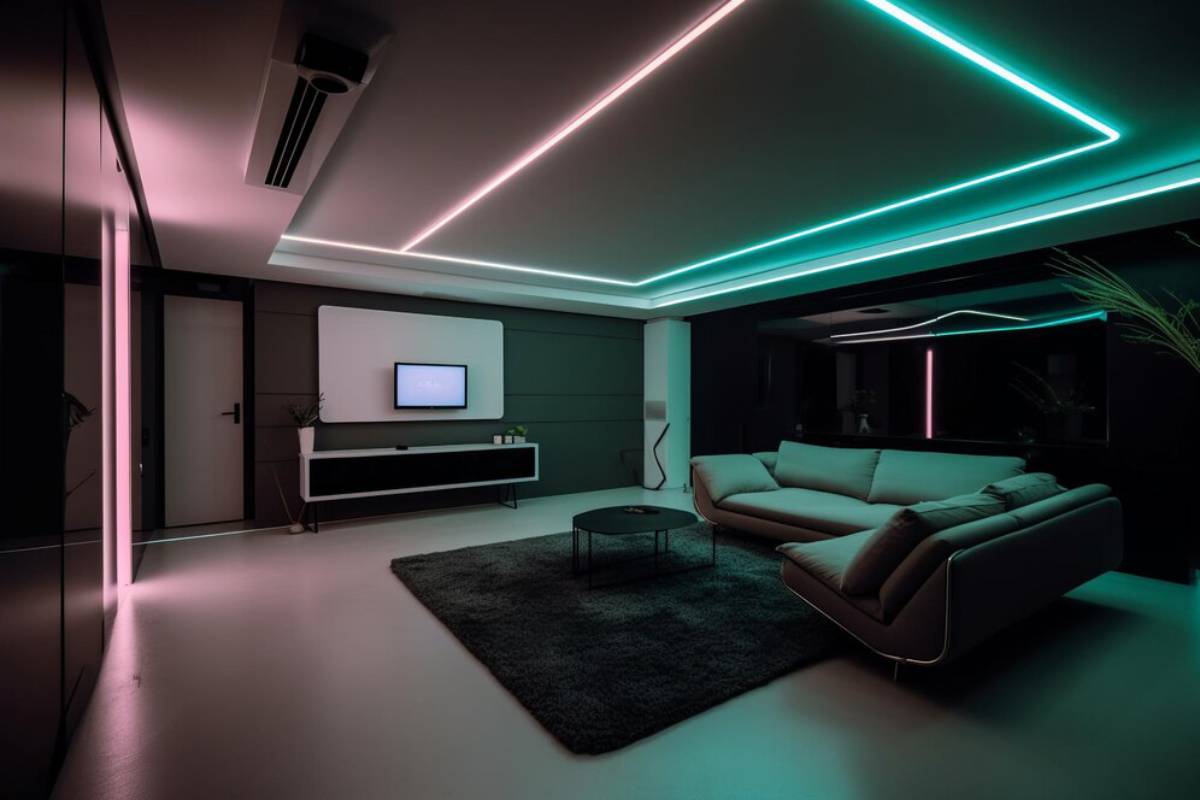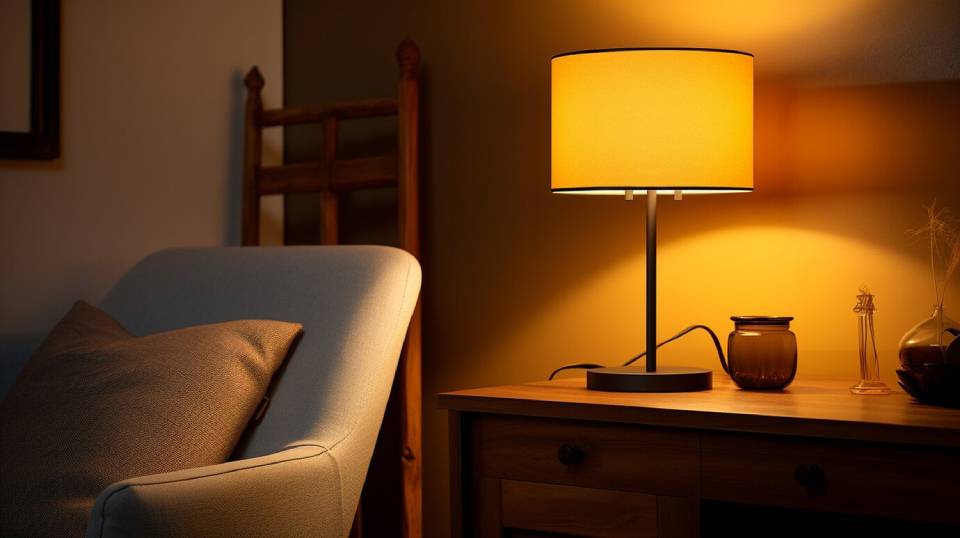
How to Program Lighting Scenes for Every Mood
Have you ever walked into a softly lit room and instantly felt calm? Or switched on bright overhead lights and suddenly felt alert? Lighting doesn’t just illuminate—it influences your mood, productivity, and overall comfort.
Thanks to programmable smart lighting, it’s now easier than ever to tailor your environment to your emotions, routines, and lifestyle. Whether you’re winding down after work or hosting a dinner party, this guide will teach you how to design lighting scenes that set the perfect mood at the tap of a button.
Understanding the Core: What Are Lighting Scenes and How Do They Work?
What Are Lighting Scenes?
Lighting scenes are customisable settings within your smart lighting system that adjust:
- Brightness
- Colour temperature
- Hue or RGB colour
- On/off timing
- Grouped bulb behaviour
Each scene can be programmed to suit a specific purpose—like “Relax”, “Morning Boost”, or “Movie Time”.
How Programmable Smart Lighting Works
Smart bulbs connect to an app or hub (e.g., Philips Hue, LIFX, TP-Link Kasa), allowing you to:
- Control individual bulbs or rooms
- Set timers or geolocation triggers
- Save and recall scenes by name
- Integrate with voice assistants
Research from the Lighting Research Center (LRC) shows that tailored light exposure can positively impact alertness, circadian rhythm, and mood.
Quick Guide / Checklist: Essentials for Mood Lighting Setup
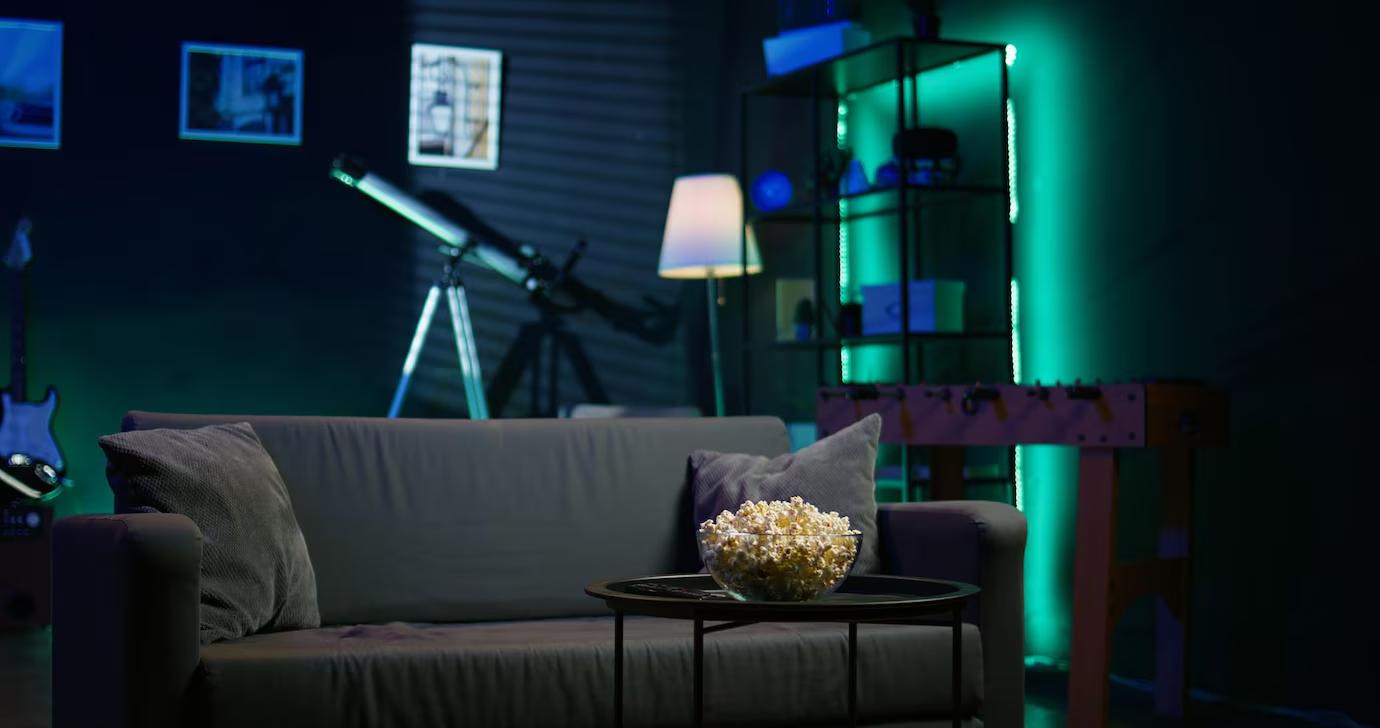
Mood Lighting Essentials Checklist:
- Dimmable smart LED bulbs with RGB or tunable white
- Compatible app or smart home hub
- Basic understanding of colour psychology
- Grouping options for zones or rooms
- Voice assistant integration (optional but helpful)
- Preset or programmable scenes for key moments:
- Morning routine
- Work focus
- Evening unwind
- Movie night
- Dinner party
- Bedtime wind-down
Pro Tip: Use colour-changing bulbs in shared living areas, and tunable white bulbs in bedrooms and bathrooms for natural circadian support.
Step-by-Step Guide: How to Set the Perfect Lighting Scene
Step 1: Choose the Right Smart Bulbs
Ideal features include:
- Dimming support
- Colour range (warm white to cool daylight, or full RGB)
- Energy-efficient LED design
- Wi-Fi or Bluetooth capability
Recommended brands:
- Philips Hue
- LIFX
- Nanoleaf
- TP-Link Kasa
Ensure your bulbs match your room size and brightness needs—aim for 600–800 lumens for general use.
Step 2: Understand Colour Psychology
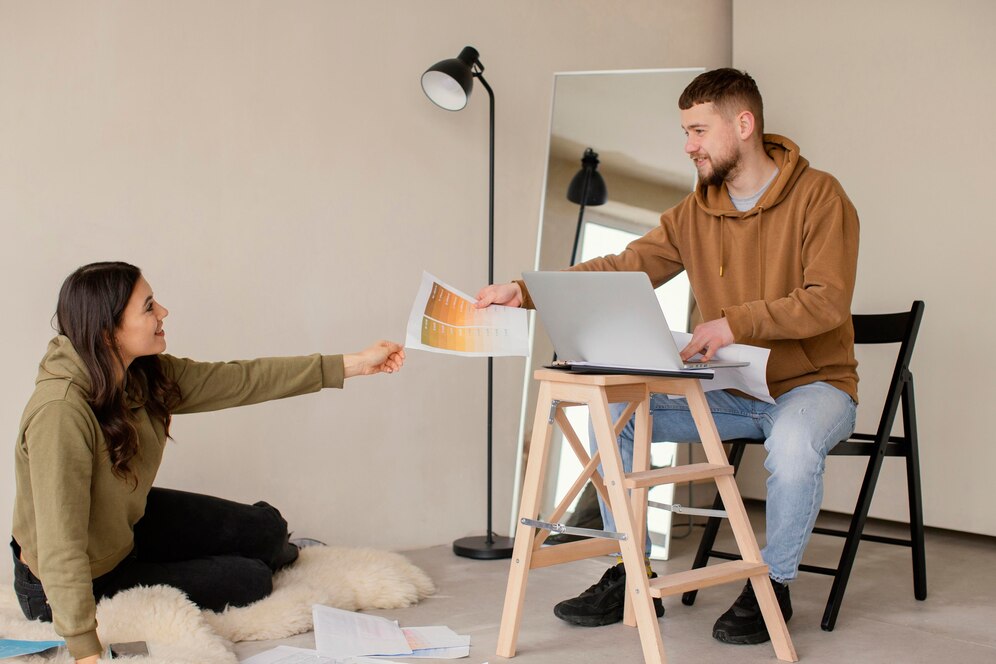
Different colours trigger different emotional responses:
- Warm white (2700K–3000K): Relaxation and calm
- Cool white (4000K–5000K): Alertness and clarity
- Blue: Focus and concentration
- Red: Romantic or cosy mood
- Purple: Creativity and meditation
- Green: Balance and restoration
Step 3: Set Up and Group Your Bulbs
Use your app to:
- Name each bulb by location
- Group multiple bulbs by room or function (e.g., “Living Room”, “Desk Zone”)
- Assign control to a remote, voice command, or mobile app
Step 4: Create and Name Scenes
Examples:
- “Morning Energise”: Cool white at 80% brightness, auto-on at 7am
- “Focus Mode”: Blue/white mix at 100% for work sessions
- “Relax”: Warm amber glow at 40% for reading or winding down
- “Movie Time”: Dimmed warm light or red/purple hues
Tip: Link your scene to a voice command like “Alexa, movie mode.”
Step 5: Automate for Daily Use
Set routines that match your schedule:
- Wake-up light scenes with gradual brightness
- Night routines that dim slowly to encourage melatonin release
- Geofencing to turn lights on/off based on your location
Important Tip: Don’t overuse bright blue light at night—it can disrupt sleep patterns and delay melatonin production.
Expert Insight:
Sarah Ellis, certified interior lighting designer, notes: “Mood lighting doesn’t need to be theatrical—small shifts in tone and brightness, layered throughout the day, can completely change how a room feels and functions.”
Best Practices & Additional Insights
Match Lighting to Activity, Not Just Time
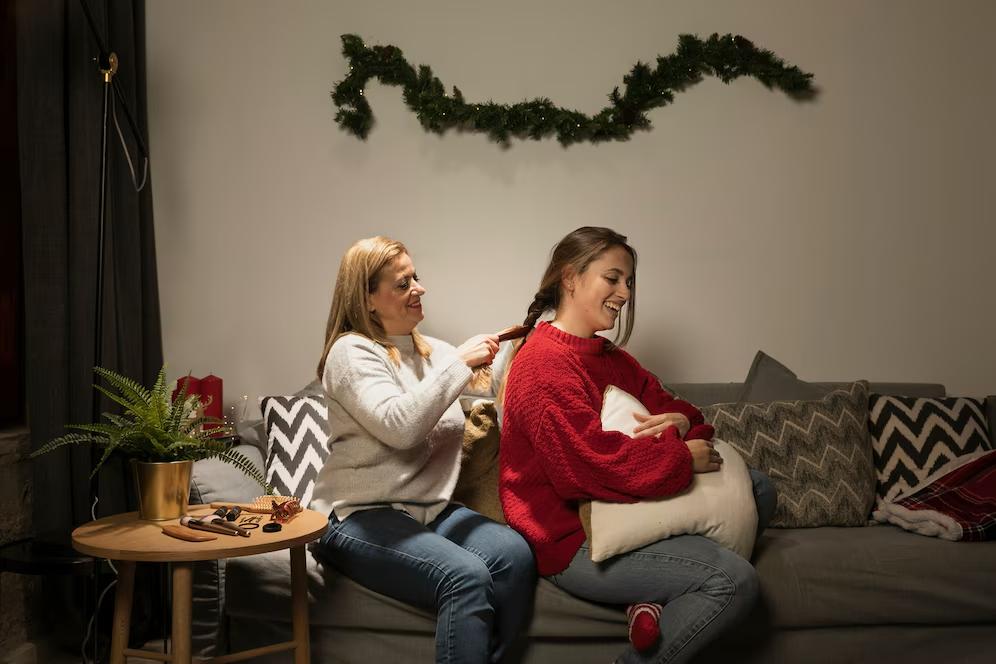
Instead of just scheduling lighting by hour, consider:
- Tasks (e.g., cooking, working, yoga)
- Emotions (e.g., stressed, energised, tired)
- Audience (e.g., kids, guests, partner)
Use Zones and Layers
If possible, create light zones:
- Overhead lights for ambient brightness
- Table lamps for warmth
- Accent lights for design and focus
Backup Manual Control
Always retain a manual control method (e.g., smart dimmer switch) for guests or non-app users.
FAQs: Common Questions About Lighting Scenes
Q1: Do I need RGB bulbs for mood lighting?
Not necessarily. Tunable white bulbs (warm to cool) can still offer a wide mood range. RGB adds extra versatility and fun.
Q2: Can I use lighting scenes with voice assistants?
Yes. Most systems work with Alexa, Google Assistant, or Siri. You can say things like “Set reading mode” or “Turn on dinner lights.”
Q3: How many scenes should I set up?
Start with 3–5 based on your daily routine. You can always add more as you discover new needs.
Q4: Are lighting scenes suitable for kids’ rooms?
Absolutely. Use soothing scenes at bedtime and brighter, energising light for morning routines or homework time.
Light Your Life, Your Way
Lighting isn’t just practical—it’s personal. With a little planning and smart technology, you can craft lighting scenes that reflect your mood, enhance your comfort, and support your lifestyle.
From morning motivation to evening calm, your lighting can become the quiet partner that elevates every moment.
Ready to get started? Take your smart lighting setup to the next level with: How to Create a Personalised Sleep Routine for Better Rest, How to Choose the Best Smart Bulbs for Small Rooms.
